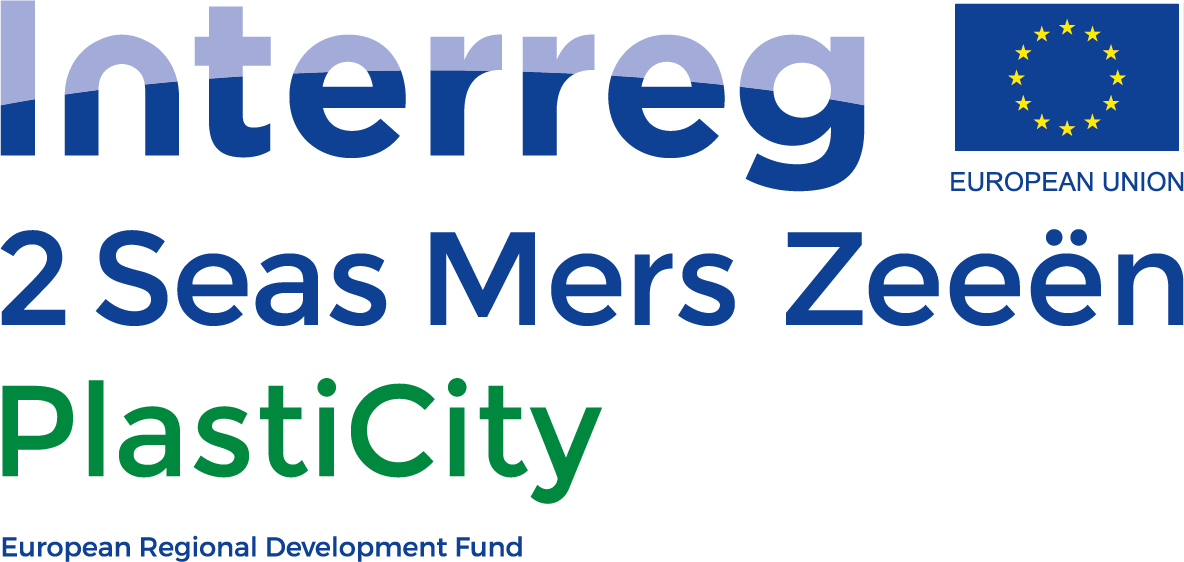PlastiCity is investing in a mobile unit to help in the development and testing of replicable strategies and solutions for logistics, pretreatment and reprocessing of plastic waste in urban areas. Later on, the mobile unit will also be used for demonstration and sensitisation in 4 pilot cities, through demonstration days and a final project roadshow.
The mobile unit, allows consistent and fast characterisation of collected waste lumps and first processing steps up to regranulate to quantify properties and market potential of certain lumps.
The unit consists out of 2 mobile containers which can be used for transport between regions.

For the mapping and characterisation purposes of waste, the mobile unit will contain:
- Balances, benches and sieves for sorting analyses
- FTIR (Infrared characterisation) to characterise which plastic (or other material) is in the waste
- DSC (Differential Scanning Calorimetry) for deeper characterisation of plastics (crystallinity, aging, …)
- Universal Testing Machine/ Tensile tester to determine mechanical properties from the stress-strain curve
For further processing, the unit will be equipped with 2 machines for controlled size reduction:
- A shredder/miller for first size reduction to make materials handleable at 100kg/h
- A regranulator for size reduction at 20kg/h
Related to pretreatment and separation, following processes are included:
- A friction washer, allowing washing in different conditions with different solvents and detergents at different rotating speed.
- A continuous float-sink tank, which is the most basic separation process to separate the light plastics (PE/PP) from the heavy plastics (PVC, PET, PS, ABS, …).
- A small extruder (20kg/h) with vacuum degassing that can be used for processability tests, rMFI, production of pellets

For demonstration purposes, the mobile unit will dispose of a camera and video screen to make demonstration videos and to allow for live streaming as well.
PlastiCity is also working on a mobile unit focused on logistics, to optimise the collection, separation and pretreatment of plastic waste. This logistic unit includes
- Electric vehicle for collection of plastic waste
- Compactor for densification of plastic waste
- Containers
- Data management system based on barcodes
The idea is to work with a code system (barcodes) and colors (colored bags). Waste owners can then perform better source separation. The mobile logistic unit will compress the coloured bags, but will not tear them open (unlike all current garbage trucks). This allows a very advanced source separation. By introducing (bar)codes, a better traceability achieved which allows feedback to the actors.
